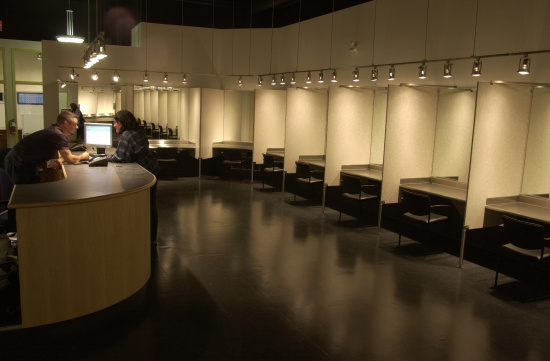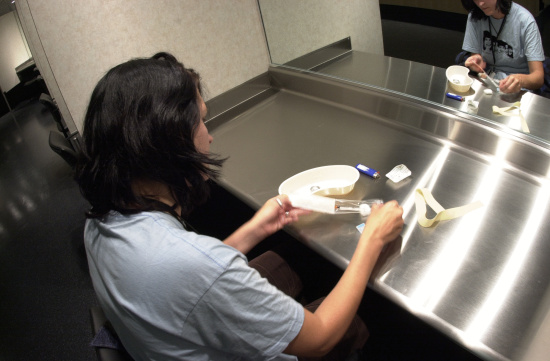“Did we know we were lying about the drugs? Of course we did.”
— John Ehrlichman, Richard Nixon’s Domestic Policy Adviser, interviewed in 1994
###
This is a follow-up to last week’s column, in which I laid part of the blame for the country’s ineffective, punitive and failed War on Drugs at the door of the late Nancy Reagan. Reading the comments, I noticed that no one claimed that the present system works. (And to be fair to Ronnie and Nancy, it was Tricky Dick Nixon who actually created the War on Drugs in a cynical act of political opportunism. See above.)
Vancouver’s Insite supervised drug injection site, the only one of its kind in North America, caters to over 500 visits every day. Video here. According to their website, “Insite operates on a harm-reduction model, which means it strives to decrease the adverse health, social and economic consequences of drug use without requiring abstinence from drug use.
“If it doesn’t work, do something different,” is a useful maxim, embraced, for example, by Vancouver B.C. 13 years ago in response to the city’s out-of-control drug problem. Can we all agree that the United States’ current approach to drugs is broken? Consider:
- In a win for politics and a loss for science, marijuana is classified as a Schedule 1 drug (the “worst” of five categories) by the Drug Enforcement Administration, putting it up there with heroin and LSD. (Cocaine and meth are classified as less dangerous Schedule 2.)
- Despite the federal guidelines, 23 states have legalized pot for medical use, while Colorado, Washington, Oregon and Alaska have legalized it totally. California, along with Arizona, Maine, Massachusetts and Nevada, will decide whether to do the same this November.
- After Colorado legalized recreational marijuana in 2012, a survey of 40,000 teens showed that fewer of them were smoking pot than previously (perhaps having lost its forbidden allure?)
- In 2014, 620,000 people were arrested in the U.S. for simple possession of marijuana, with blacks being apprehended at a rate four times that of whites (despite roughly equal use).
- Looking at hard drugs: according to a provocative article in the current (April) issue of Harper’s titled “Legalize it All,” the Federal Mental Health Services Administration recently put the lie to the “instant addiction” myth — the one that says that just trying one of the Big Four drugs will likely turn you into an addict. For every 100 people who have tried heroin, cocaine, crack and meth, just 8, 4, 3 and 4 respectively had used that drug in the previous month. That is, addiction is nothing like as bad a problem as it’s usually portrayed.
- Other countries have gone down the drug legalization or partial legalization with encouraging results. The poster child is Portugal, which decriminalized all drugs in 2001. (Selling drugs is still a crime, but purchase, use and possession are no longer prosecuted.) The number of habitual users of hard drugs declined in Portugal after decriminalization from 7.6 to 6.8 per 1,000 people, while in Italy (which didn’t decriminalize) those rates rose from 6.0 to 8.6 in the same period. A side benefit in Portugal was a huge drop in HIV and AIDS, while people incarcerated for drug offenses plummeted. According to the article, “A similar reduction in the United States would free 260,000 people…”
- We’ve been down this road before, of course, with Prohibition. Repeal of the Eighteenth Amendment in 1933 didn’t lead to chaos and anarchy. However, one difference missing during the years of Prohibition was the xenophobia that goes along with the current War on Drugs. Blaming Colombians, Hondurans or Mexicans for our inability to take care of our own people is like me blaming a boisterous neighbor for my addiction to booze.
- And finally, as taxpayers, we pay $50 billion annually to maintain the feckless War on Drugs.
I suggest we replace Just Say No with Do Something Different.


CLICK TO MANAGE